Flight deck structural work is nearly complete for the first-in-class Type 31 Frigate, HMS Venturer.
HMS Venturer is the first of five Type 31 Frigates being built in Rosyth.
Flight deck structural work is nearly complete. 30 metres long the T31 can embark and operate Wildcat and Merlin helicopters. Whilst the hangar has dedicated workshops and space for support equipment so that they can be maintained when deployed @815NAS @820NAS @Babcockplc pic.twitter.com/KFuOcDvtd7
— HMSVenturer (@HMSVenturerRN) September 4, 2023
The ship tweeted, “at 30 metres long, the T31 can embark and operate Wildcat and Merlin helicopters. Whilst the hangar has dedicated workshops and space for support equipment so that they can be maintained when deployed.”
The warship’s progress has been remarkable, with significant development made in less than 18 months since its keel was laid.
Parallel to the construction of HMS Venturer, the second Type 31, HMS Active, is also underway. This ship is set to undergo a keel-laying ceremony soon, marking a symbolic milestone.
Notably, a specially-minted HMS Active coin, designed by the child of a Babcock employee, will be placed under the keel, believed to bring good fortune to the ship and its crew.


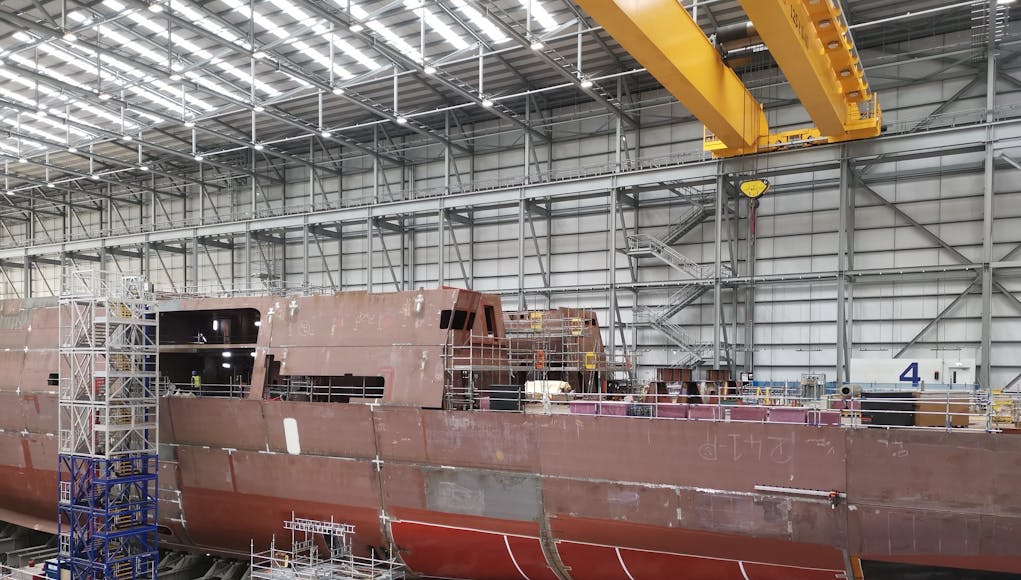

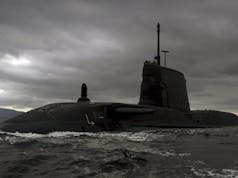

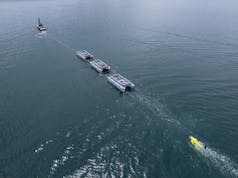
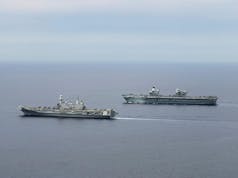
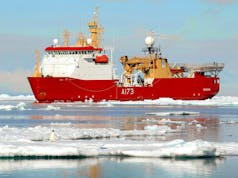





30 metres long ?? That must mean the length of the flight deck. The full length of the ship is (Wikipedia says) 138.7 metres.
Yes they are referring to the Flight Deck 👍.
5 inch gun, which is the size of a toothbrush.
You wouldn’t want to be hit by a Five inch shell
It’s half that size, it’s 57mm.
Float at the end of the year seems unlikely unless they are doing a calmac
Take a look at the ones of the bows in a post a couple of weeks ago, her hull is virtually complete.
So steel prep, prime and paint next and depending on how complete she is due to before float out it looks about right on schedule.
She is still missing the majority of the top side elements. Hull, as in the part below the superstructure, maybe close to complete. Structural complete by the end of the year maybe.
Just a thought and perhaps one of our surface shipbuilding expert can answer this,
As there is no Ship lift nor a slipway (so last century), I assume they will need to borrow something like the submersible barge they use on the Clyde.
So any idea just how complete she can be, given the depth of water in the basin ?
This rather good piece from Navy Lookout may help, but if you can send off an 11m draft aircraft carrier, can basin depth be an issue for a 4.8m draft frigate, even one on a barge? According to the article it’ll be floated off in the river.
“Once assembled, the ships are lifted off the floor of the hall in their cradles using self-propelled modular trailers (SPMT) and rolled out onto a hardstanding area where masts and additional fittings are then added by crane. When the hull is ready to be launched, a specialist submergible barge will be brought into the basin and aligned with the dockside. SMPTs then slowly move the ship onto the barge. The barge will then be moved out of the basin and into the deeper water of the river before slowly submerging, allowing the ship to float off.”
This suggests that some elements of the superstructure will be added after the ship has left the hall and before she’s floated off, so we should have plenty of notice. I imagine the arrival of the barge will also be a pretty good indicator. It still sounds pretty complete. The article says they’ve allowed a two and a half years for fitting out and eighteen months for trials, leading to operational in May 2027. I think someone has a problem with their sums. I can’t see fitting out taking that long.
Ta for the link. It is really interesting process, I’m lucky to have seen floating out done using a ship lift a couple of times with bigger vessels but not using a barge.
I’d love to watch this one in person (but zero chance of that now), And can’t see George being allowed to fly his drone and do a Timelapse (shame), unless Babcock want free publicity.
I am just surmising here, but the CD01 that BAe use on the Clyde is about right for the job and available. She has a hull depth of 7.6m and to align it you’d want to get her into the basin and close it off on a High Tide. That way they can flood her down to the level of the dock, wheel her on and all ready to go out into the Firth for floating off. Then back into the basin and dry docked (but not in No1)
FYI although the basin has a depth of 11.8 metres the dock sill is only 10.8m which is why it’s such a total ball ache to get the QE’s in and out. The ship can’t be at full load, the times have to perfectly aligned to a Spring Tide with no room for error, Low to get under the Rail Bridge and High to get into the Dock basin.
Roll on them getting H&W back into the frame.
As for the fitting out time I’m not so sure that isn’t far off 2.5 years due to the way they are building them. When you look at images of the Block Assemblies for the T45 and T26 they are far more fitted out internally before welding up than what I see on the T31.
Yes. Looking at the pictures over the last year, the blocks did look a little bare bones, and I can only hope they are working on the interior in parallel right now.
They were supposed to hand over “by 2025”, still the date being used in the press as recently as two weeks ago. I think fit out and shipbuilder’s trials together were planned at about two years. So eighteen months for fit out.
My gut tells me they are a few months behind at the moment. If you are right about fit out taking 30 months, we are looking at delivery a year and a half late. So let’s hope not.
I sincerely hope they manage to achieve the build schedule as it gives the U.K a 2nd supply stream to BAe. I don’t have anything against BAe per se but competition is vital in a commercial world.
When you look at the last 30 years of shipbuilding in the U.K I struggle to find any 1st of Class that was delivered on time. And most of those were built in yards with decades of experience shipbuilding.
Rosyth has huge experience in refitting and modernising ships, but absolutely zero experience of end to end construction and outfitting.
The QEs weren’t really built in Rosyth but assembled from Mega Blocks which were built in other yards and barged in, and most of those contained a lot of pre fitted equipment.
Based on that I will be Gob Smacked if they pull this one off, but to be honest if they are 18 months late, it passes it tests and the learning curve kicks in they my pull the programme back on to overall schedule.
I’m quite surprised that they are steaming ahead with closing her up without the outfitting.
Things get more and more expensive the less access there is.
Well, the time table was ambitious, perhaps it’ll be…
A Bridge Too Far
…Taxi!
Looking good, keep er lite. 👌👏🙂
Thanks for these updates George. Getting a move on! Well done to one and all.
The fabrication looks a bit rough on Venturer, but I guess that is what you get for the “bargain basement” price.
Due you think that some of it might get buffed down or was that shiny red coat the final top coat?
Red lead primer which comes as standard anti corrosion coating on the steel plates from the steel works, used to construct the ship. Not terribly effective in my limited experience. We were forever removing rust with a power wire wheel & touching up with more red lead in preparation for proper paint spraying. Every weld line would burn off the lead on the other side of the plate, so you’d have to buff it down to metal & slap some fresh red lead on it.
This is weld through primer.
It looks like red led but it is a bit more sophisticated as it is the base coat for the epoxy paints used.
I worked in Metal Fabrication for 20 years,i never came accross pre-primered Steel in all that time.All articles and videos ive seen on First Steel Cutting Ceremonies for T26 and T31 don’t show it either,the Red Oxide is applied after Fabrication not before id say.
All steel arriving at the small shipyard I worked at in the 1980’s to the early 90’s arrived red lead primed, often already rusting. That’s why I assumed Venturer was “red”, but I now understand from Graham M that it is something more sophisticated than that. Happy to be corrected & educated. Thanks.
I guess the only thing that really matters is that the welds/joins are strong. I think the hull sections are still going to look a bit rough even after painting
By the way. First steel cut on the Polish A140 a couple of weeks ago, so now they are under construction in three countries.
And apparently they’ve just bought several hundred NSM AShMs to go on them and coastal batteries. Someone’s got a bloody big 👛…. but maybe not this colour. 😆
Well we know where the accommodation ladders are going!
Interesting on the second picture. Below the writing on the hull plate P241P. Looks like a straight edge with an auto gas torch or possibly a grinder attached.
So could be a couple of things…
We don’t have enough ships… stands by for incoming…
https://en.m.wikipedia.org/wiki/List_of_active_Indian_Navy_ships
That is some Navy the Indians are building.
I’d like to see T32 being a T31 follow on with the 8 OPVs sold off to be replaced by (?)T33s
You can take off the tinfoil now!
Haha 4x 45k ton carriers, with the latter two paused because of tech issues.
Even if they had them, with our two and the yanks’ ones and the canzuk nations all building type 26s. No match for us.
Well, I’m glad you considered everything in the round and delivered a reply full of erudition and thought. Thanks for that.
Flight deck is longer enough for a mini CAT to launch high altitude drones!
I would like to see a HIMAR’s launcher fitted in the module space of the hanger.
Anyone have insights as to when the type 32’s might be formerly ordered? I imagine nothing will happen prior to the next general election. After that, who knows.